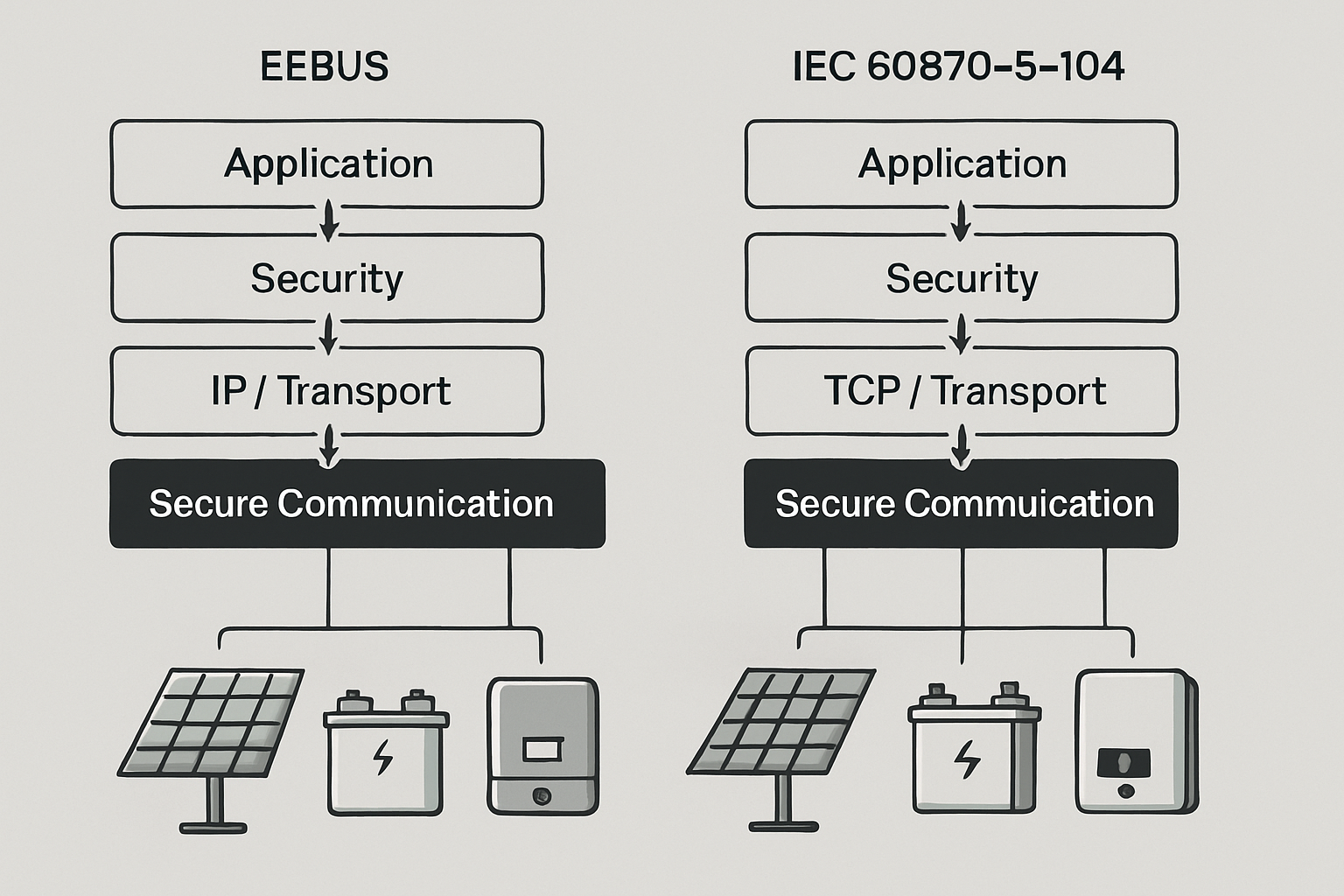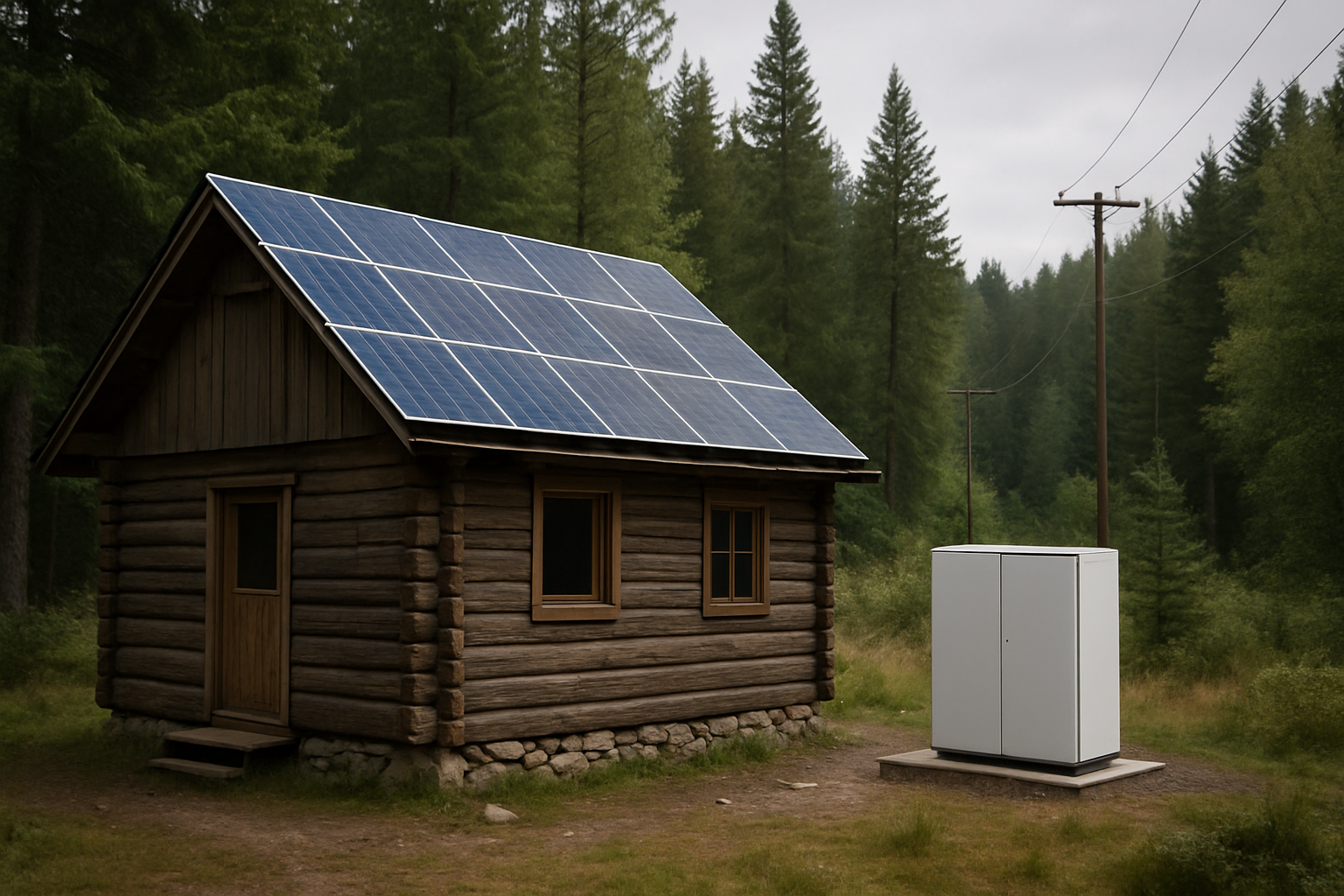The landscape of distributed energy resources (DER) cybersecurity is rapidly evolving, with new threats emerging as fast as protective technologies advance. Recent reports from the International Renewable Energy Agency (IRENA) and International Energy Agency (IEA) paint a complex picture of the challenges facing remote energy systems in 2025.
As someone who has witnessed the transformation of energy infrastructure over the past decade, I've seen firsthand the growing sophistication of both cyber threats and defensive measures. The shift from centralized to distributed energy systems has fundamentally changed our security paradigm, creating new vulnerabilities that require innovative solutions.

The Rising Tide of Cyber Threats in Energy Systems
The numbers tell a sobering story. According to the IEA's Energy and AI report, cyberattacks on energy organizations have increased dramatically, with incidents rising from baseline levels in 2020 to unprecedented frequencies by 2024. This trend reflects the growing attractiveness of energy infrastructure as a target for malicious actors.
What makes DER systems particularly vulnerable is their distributed nature. Unlike traditional centralized power plants with controlled access points, distributed resources often connect to the grid via internet connections, creating multiple potential entry points for attackers. Each solar installation, battery storage system, and smart inverter becomes a potential gateway into the broader energy network.
AI as a Double-Edged Sword
Artificial intelligence has emerged as both a powerful defensive tool and a concerning threat vector. The IEA report highlights that "AI acts as a force multiplier in both directions, enhancing threat detection and enabling more responsive protection on the one hand while simultaneously empowering adversaries with tools for sophisticated attacks on the other."
On the defensive side, AI applications enable real-time threat detection, automated incident responses, and enhanced phishing defenses. However, generative AI tools have been documented as being used by malicious actors for reconnaissance, deeper network access, and sophisticated evasion techniques.
Zero Trust Architecture: The New Security Standard
The Department of Energy has recognized the critical need for advanced cybersecurity solutions in the DER space. In a recent success story, DOE highlighted the development of zero trust architecture specifically designed for distributed energy resources.
Zero trust architecture operates on the principle that the network is potentially compromised and requires protection when processing information. This approach is particularly relevant for DER systems, which often operate in remote locations with limited physical security.
Key Components of DER Zero Trust Systems
- Encrypted Communication: All data transmission between distributed resources uses advanced encryption protocols
- Multi-stakeholder Authentication: Secure verification processes for manufacturers, utilities, and grid operators
- Continuous Monitoring: Real-time threat detection across all network endpoints
- Granular Access Control: Precise permissions management for different system components
Market Growth Driving Security Imperatives
The urgency of addressing DER cybersecurity becomes clearer when considering market projections. National DER capacity is expected to quadruple by 2025, significantly expanding the attack surface that security professionals must protect. This growth, while essential for clean energy transition, creates new challenges for maintaining grid stability and security.
The IRENA renewable power generation costs report shows that renewable capacity continues to expand globally, with onshore wind projects maintaining a 34% capacity factor in 2024. This growth translates directly into more distributed assets requiring cybersecurity protection.
| Security Challenge | Traditional Systems | DER Systems |
|---|---|---|
| Access Points | Limited, controlled | Multiple, distributed |
| Physical Security | Centralized facilities | Remote, unmonitored locations |
| Network Architecture | Closed, proprietary | Internet-connected, open protocols |
| Maintenance | On-site personnel | Remote monitoring and control |
Emerging Threat Vectors and Mitigation Strategies
Based on my experience working with energy systems, several key threat vectors are becoming increasingly prominent in the DER cybersecurity landscape:
Supply Chain Vulnerabilities
Manufacturing components for distributed energy systems often involve complex global supply chains. Each component - from inverters to battery management systems - represents a potential point of compromise if security measures aren't implemented at the manufacturing level.
Communication Protocol Exploitation
Many DER systems rely on standard communication protocols that weren't originally designed with robust security in mind. Attackers increasingly target these protocols to gain unauthorized access to energy systems.
Firmware and Software Updates
Remote systems require regular updates to maintain security, but the update process itself can create vulnerabilities if not properly secured. Ensuring authentic, encrypted updates becomes critical for maintaining system integrity.
Industry Response and Future Outlook
The energy industry is responding to these challenges through coordinated efforts between government agencies, utilities, and technology providers. The DOE's investment in cybersecurity solutions, including the $5 million awarded for developing secure DER communication platforms, demonstrates the seriousness of the threat.
Looking ahead to 2025 and beyond, several trends will shape the DER cybersecurity landscape:
- Standardized Security Frameworks: Industry-wide adoption of common cybersecurity standards for DER systems
- AI-Powered Defense Systems: More sophisticated threat detection and response capabilities
- Enhanced Regulatory Requirements: Stricter cybersecurity mandates for distributed energy resources
- Cross-Industry Collaboration: Increased information sharing between energy companies and cybersecurity firms
Building Resilient Energy Infrastructure
The path forward requires a comprehensive approach that addresses both technical and operational aspects of cybersecurity. Organizations must invest in upskilling their workforce, implementing robust threat mapping capabilities, and fostering expertise sharing across the industry.
From a technical perspective, the deployment of proactive AI-enabled cybersecurity systems that can quickly respond to threats is critical for ensuring energy sector resilience. These systems must be designed specifically for the unique challenges of distributed energy resources, accounting for their remote operation and internet connectivity requirements.
The transition to a secure and reliable clean power grid depends on our ability to address these cybersecurity challenges proactively. By implementing zero trust architectures, investing in AI-powered defense systems, and fostering industry-wide collaboration, we can build the resilient energy infrastructure needed for our clean energy future.





Leave a comment
All comments are moderated before being published.
This site is protected by hCaptcha and the hCaptcha Privacy Policy and Terms of Service apply.